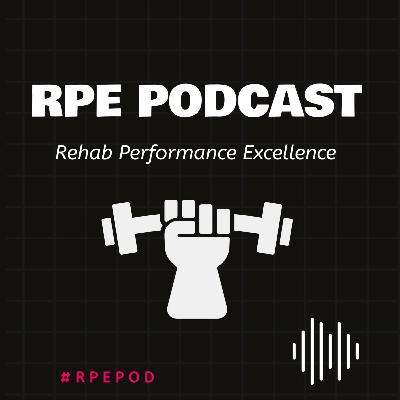Ep - 10 Energy Systems
Description
Today we talk about energy systems, what they are, programming considerations as well as some helpful tips for special populations. Sorry in advance for this audio we were both battling a cold through this one!
Don't have time to interpret a study for yourself? Or are you not confident in your study critiquing skills? Hit us up at rpepod@gmail.com with your study and for a small fee we will send back a summary of your article including it's strengths, weaknesses, limitations and practical implications.
Resources for today's episode:
https://www.physio-network.com/blog/returning-to-running-post-injury-part-one/
https://pubmed.ncbi.nlm.nih.gov/33566386/
https://link.springer.com/article/10.2165/00007256-199622020-00004
Melkonian EA, Schury MP. Biochemistry, Anaerobic Glycolysis. [Updated 2021 Aug 9]. In: StatPearls [Internet]. Treasure Island (FL): StatPearls Publishing; 2022 Jan-. Available from: https://www.ncbi.nlm.nih.gov/books/NBK546695/
https://www.ncbi.nlm.nih.gov/pmc/articles/PMC5627361/#!po=18.1034
Lisman, Peter J.1,2; de la Motte, Sarah J.1; Gribbin, Timothy C.1; Jaffin, Dianna P.1; Murphy, Kaitlin1; Deuster, Patricia A.1 A Systematic Review of the Association Between Physical Fitness and Musculoskeletal Injury Risk: Part 1—Cardiorespiratory Endurance, Journal of Strength and Conditioning Research: June 2017 – Volume 31 – Issue 6 – p 1744-1757 doi: 10.1519/JSC.0000000000001855
Baker, D. Practical examples of the implementation of high-intensity aerobic energy system conditioning methods for team sports. Journal of Australian Strength & Conditioning. 23 (3):29-38. 2015








